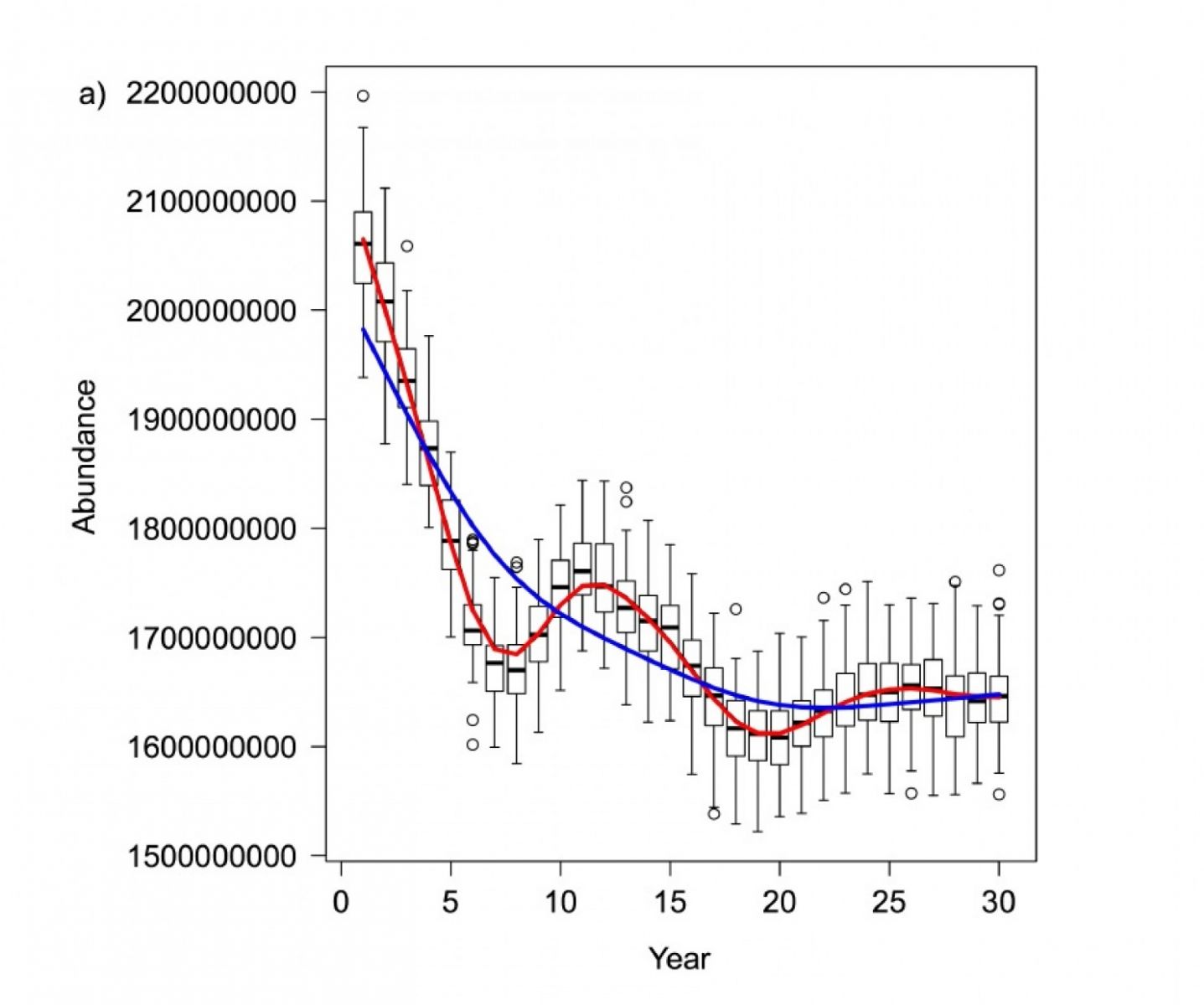
A STAGGERING 400 MILLION BIRDS HAVE VANISHED FROM EUROPE SINCE 1980
Chris Mooney
In a disturbing new study with overtones of Rachel Carson's famous environmental book Silent Spring, a group of scientists from the U.K. and the Czech Republic report a stunning decline in the number of Europe's birds since 1980. The birds vanishing are actually members of the most common species -- including sparrows, starlings, and skylarks. The researchers calculate that there are now 421 million fewer birds across 25 European countries than there were at the start of the 1980s -- a change the study attributes to human-caused environmental degradation.
The scale of decline, in the words of the study just out in the journal Ecology Letters, is "alarming." The research finds that out of the 144 most common species, there were about 2.06 billion birds in Europe in 1980, and just 1.64 billion in 2009 (the last year considered in the study). Thus, the loss of 421 million represents more than a 20 percent decrease.
"90 percent of that decline can be attributed to the 36 most common species," says lead study author Richard Inger, from the University of Exeter's Environment and Sustainability Institute. According to Inger, the top five species experiencing stark declines are the house sparrow, the common starling, the Eurasian skylark, the willow warbler, and the Eurasian tree sparrow.
The research builds on thousands of bird surveys that have been carried out by volunteers going back to 1980. Surprisingly, the research finds that many rarer or endangered species (including marsh harriers and white storks) are actually increasing in number, perhaps in part because these birds have been successfully protected by conservation measures. But the loss of common birds, it emphasizes, can have dramatic consequences, since by their very numbers, they have crucial roles to play in ecosystems, such as controlling the volume of pest species.
The study also notes that precisely because these declines are in common species, they are more likely to be indicators of environmental degradation. "Common species are widespread and their numbers are linked to the deterioration of the quality of the environment on a landscape scale," notes the paper. Inger says that he suspects that expansion of agriculture represents a key cause of the decline, but so does urbanization. More farmland and more houses and roads means less habitat for birds, and also habitat fragmentation.
"It’s a bit of a wake up call, really, that we need to start trying to figure out what’s causing these declines, so we can look into ways of then stopping them and hoping to reverse them," says Inger.
The current study does not cite climate change as a factor in bird species declines. However, in September a major report from the Audubon Society found that over half of American bird species will be threatened by climate change by the year 2100. In another study, the Audubon Society found a dramatic decline in the numbers of 20 common US bird species.

